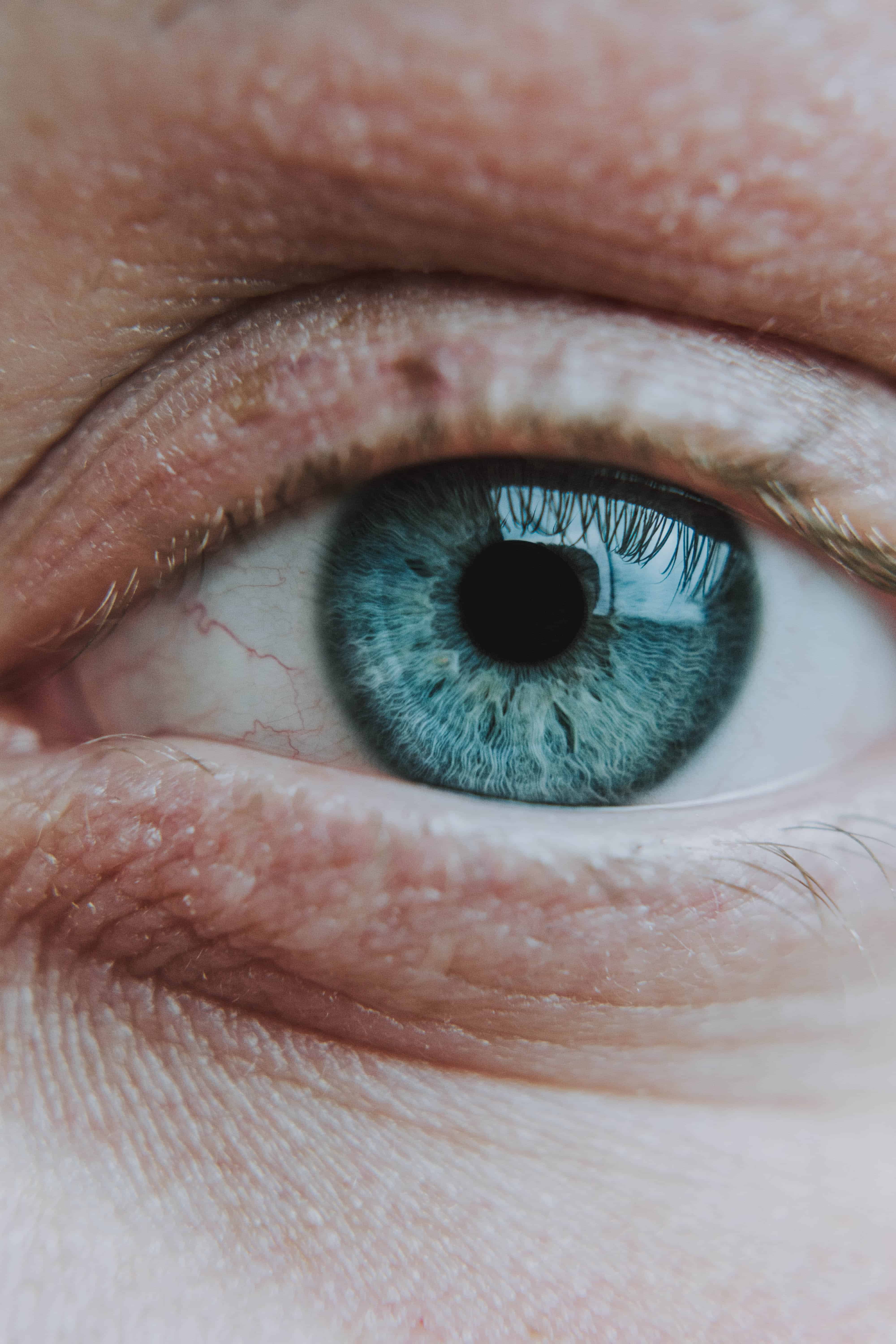
About SOMAREALITY
- Founders: Adrian Brodesser, Michel Varilek
- Founded in: 2019
- Employees: 16
- Money raised: -
- Ultimate goal: Offer insights in adaptive learning, medical diagnosis and monitoring.
We come across it more and more: training courses and assessments done through Virtual Reality. But how does an educational institution or a hospital know whether their VR training best suits the end user? SOMAREALITY, based in Austria, develops sensor-based digital biomarkers like eye-trackers that offer insight about the user for adaptive learning or cognitive insights. In this installment of Start-up of the day, Julia Kern, Director of Strategic Partnerships, tells us how the company is doing.
Tell us, why did you chose to focus on eye-tracking?
“It’s an objective way to measure what’s going on in a person. The eyes give us insight into many cognitive and neurological processes. This information can be very useful in, for instance, a training environment in the VR world. When someone is running through a training session, are they relaxed? Or are they feeling stressed? Pupil dilation is one of the most accurate markers of what information is being processed because it’s realtime. If you know all these things, you can adapt the training to the needs of the user. In that way people can learn, observe and experience an environment in the digital space in the best possible way.”
What stage is SOMA currently in?
“We are currently licensing our first product, our proprietary cognitive load algorithm, to international customers and research facilities. We are also currently raising money in a seed round in order to become the leading player for realtime neurological insights based on eye-tracking.”

Who are your customers?
“So far, we have applied cognitive load to medical training simulations in cooperation, for instance, with the Medical University of Vienna, Children´s Hospital of LA and more. In the healthcare field, other projects include physical rehabilitation programs, pain management, or mental health treatment (for example for treating anxiety or addictive disorders). But we also cater to industries beyond healthcare whenever there is value in the use case.
What has been one of the biggest milestones up to this point?
“I think it’s really cool that we already have a finished product that can easily be implemented in all different kinds of VR experiences and provides actual value to our partners across many industries. That is something we are really proud of but it’s only the beginning.”
Have you also encountered challenges?
“There are many, of course, like in every other industry. From a technical perspective, sometimes it can be really complex to put all the pieces together. We have to understand our own algorithm, how it interacts with the VR world, and how to adapt it to a specific setting, for example the medtech industry. But once you have been able to sit down with a customer, really understand the unique market drivers, regulations, limitations and possibilities, it’s always a pleasure to figure out the solution together and pave a new way.”
Where do you hope to be five years from now?
“Our ultimate goal is to understand human behavior and gain cognitive insights on a daily basis across many different sectors. Eye-tracking is a severely underestimated means to deeply understand what is going on in our brain and the possibilities for use cases are endless. I know the word ‘impact’ has been overused by every company out there and it’s written in every article. But we really want to make a difference and help people better understand themselves and their own cognitive processes. From a technical point of view and outside a laboratory setting, that is something that has never been done before. And that’s our ultimate goal.”

